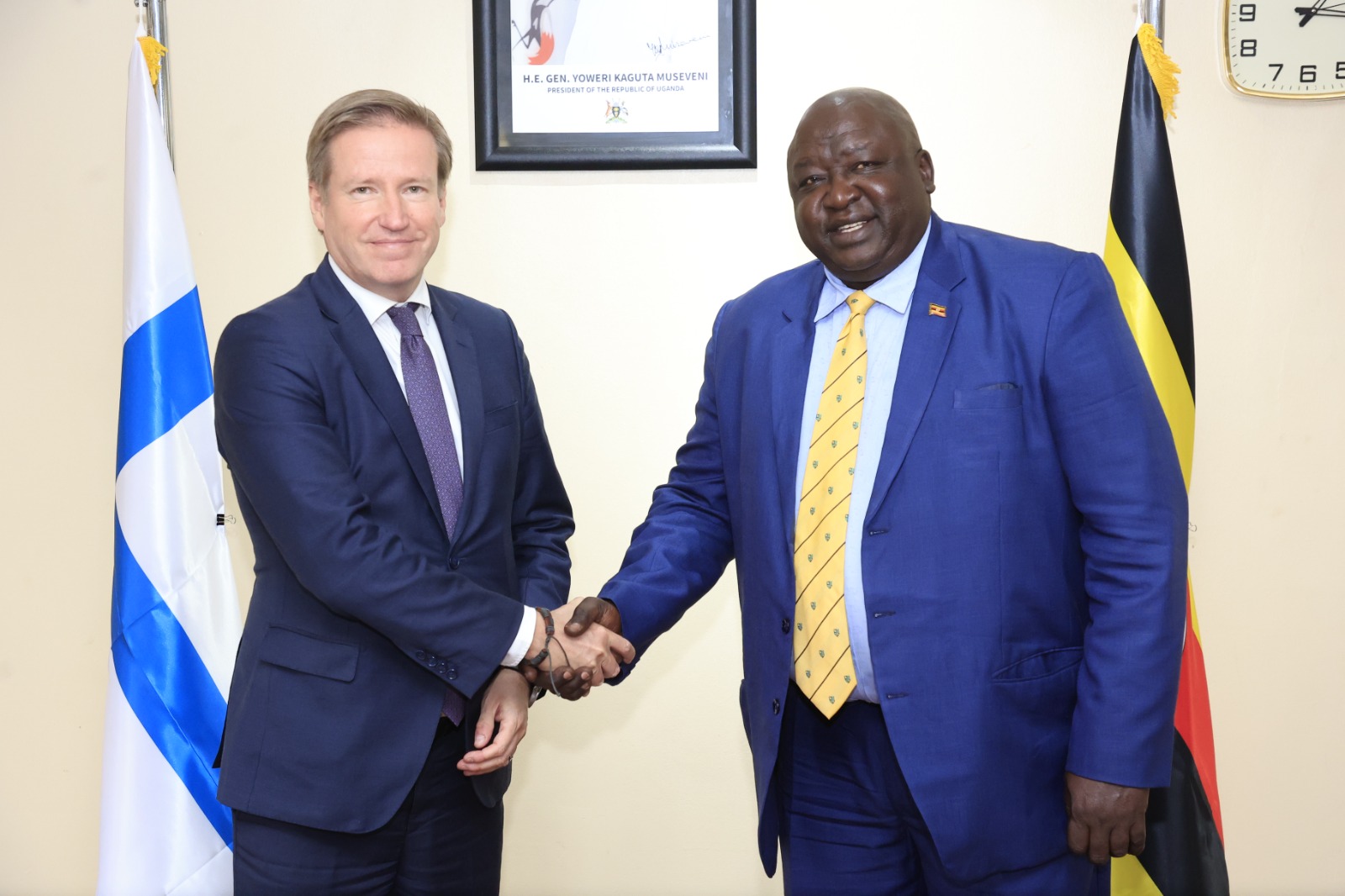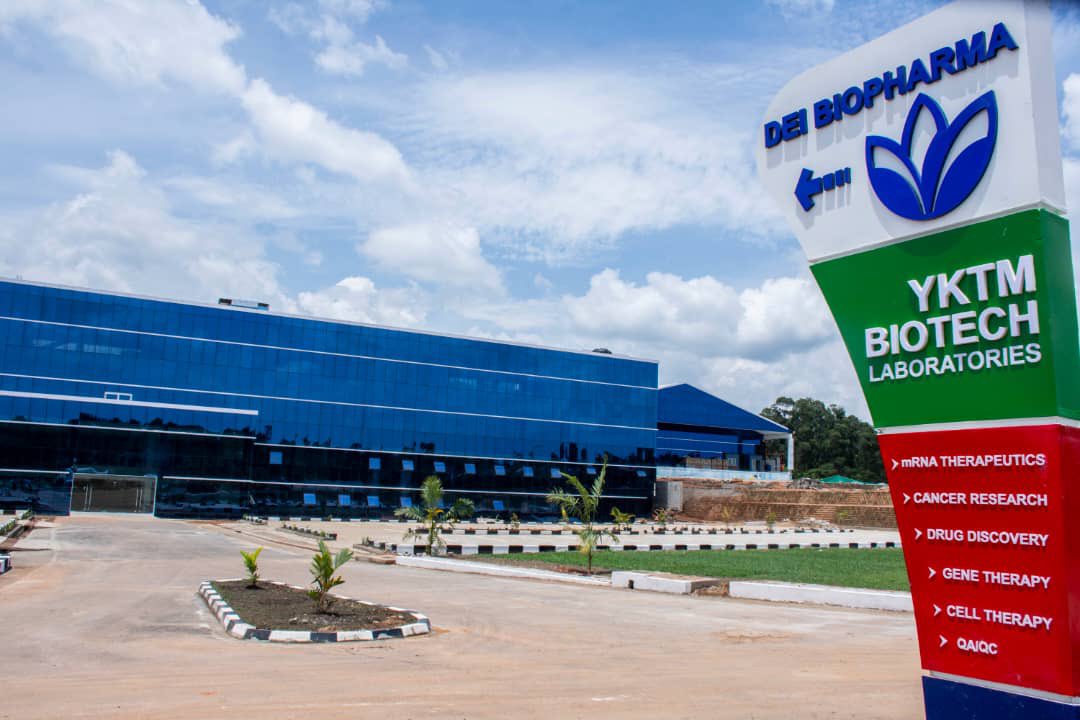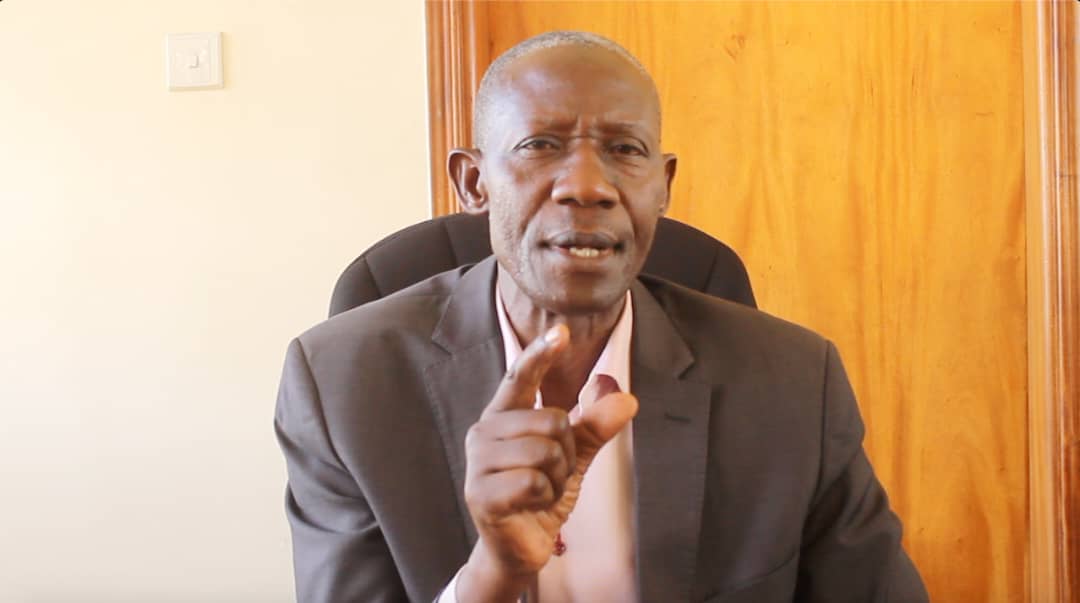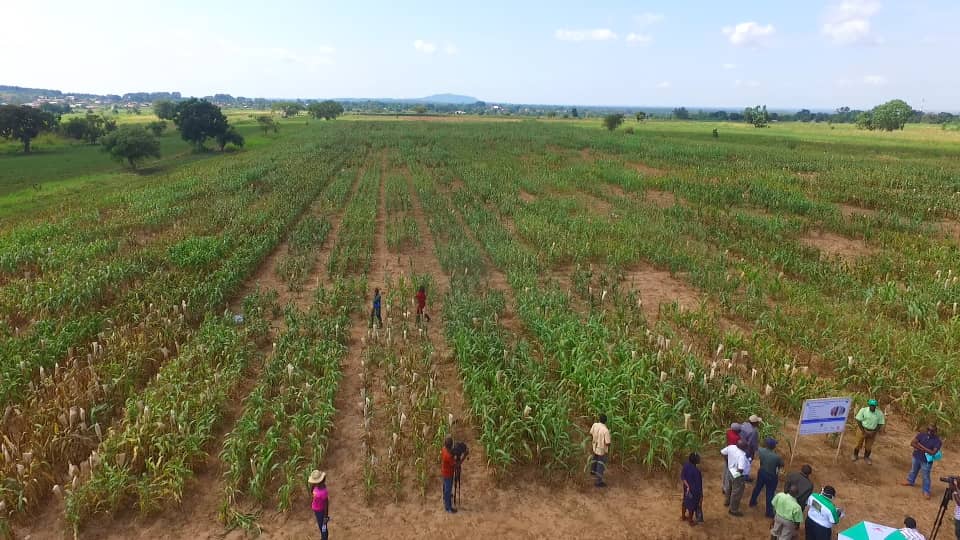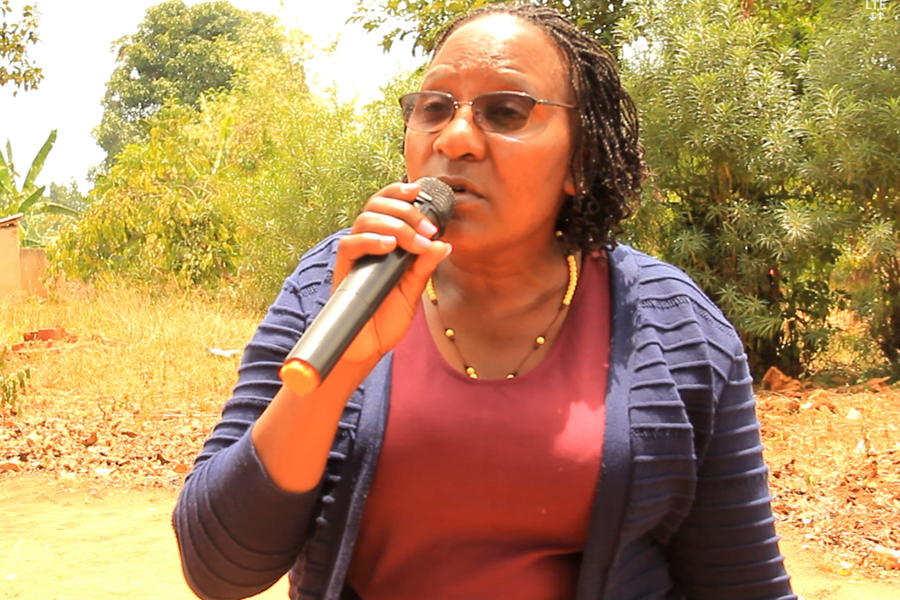Gov't commits shillings 25 trillion in ten year strategy to fight hunger
The Government of Uganda through the National Planning Authority has drafted a 10 year plan (2020 – 2030) worth 25,263.80 trillion aimed at providing a framework to attain a more coordinated effort to addressing hunger, improving nutrition and food security in the country including coordinated financing and reporting.
The strategy underlines international, regional, multi-level and multi-sectoral call for action made by the United Nations secretary General in 2012 towards a vision of a world without hunger. It brings together different stakeholders at country level to contribute to eliminating food and nutrition insecurity.
Keep Reading
As of January 2017, an estimated 10.9 million people in Uganda were experiencing acute food insecurity, of which 1.6 million were in crisis reflecting a high magnitude of hunger. In addition, 40% of the population was not able to meet the required daily dietary intake of 2,200 kilo calories and 16% of the household were chronically undernourished. Food safety also remains a big challenge right from production, post-harvest handling, processing and consumption.
The process of developing the multi-sectoral 10 year national strategy towards zero-hunger was led by the National Planning Authority (NPA). The process started in 2017 with a detailed strategic review report on SDG2 aimed at ending hunger, achieving food security, improving nutrition and promoting sustainable agriculture.
During a ministerial dialogue organized in Kampala, the chairman of the National Planning Authority Prof. Pamela Mbabazi Kasabiti said the Presidential Economic Council recommended an action plan and tasked NPA together with other stake holders to address the hunger challenges in the country
“After several wide consultations, it was agreed that NPA elevates the 5-year action plan to a 10-year zero-hunger strategy to provide a longer term comprehensive and harmonized framework for anchoring specific action by the respective ministries, departments and agencies.”
She added that, “The strategy recognizes the multi-dimensional nature of the determinants of food security and nutrition and hence posits that the four domains of food security have to be considered in building resilient food systems.”
“The total cost of this strategy is Ugx 25,263.80 trillion with funding government, development partners, private sector, farmers, civil society organizations and individual households. The government through NDP3 has already committed over 3 trillion for the first three years.
The major cost drivers include agricultural production and productivity of nutrient diverse and dense foods (56%), post-harvest handling, value addition, trade and food safety (21%), and nutrition services (21%)” Hon Matia Kasaija, Minister of finance planning and economic development.
Food and Agricultural Organization (FAO) country representative Mr. Querido Antonio said that over the past years, food security has been a worrying issue in Uganda with 41% of Ugandan population still malnourished consuming less than 2,200 kilo calories per day, 20% of Ugandan children under the age of 5 are stunted and anemia is in 52% of children.
On behalf of FAO, he pledged full technical support to facilitate the implementation of the strategy through sustainable agriculture, the use of fields, forests and all natural resources for food production without damaging the eco system.
“Pledge to carry out food assessment as an entry point to facilitate the implementation of the plan, Support to review the food and nutrition legislation to cater for important issues such as right to food, the establishment of national strategy food reserve, food distribution and food bank.”
“Support for the formulation of an action plan related to the strategy of food reserve systems and food banks that is market friendly, pledge support concerning interventions related to post harvest handling systems, food safety including supporting food policy legislations.”
The key expected results of the implementation of the strategy include reduction in global hunger index 26.4% in 2020 to 10% in 2030, reduction in the proportion of household chronically undernourished from 16% in 2016 to 4% in 2030, increase in production volumes of priority nutrient dense food commodities from 3.8% annually to 7% annually among others.
Author email: Sematafrank1@gmail.com



